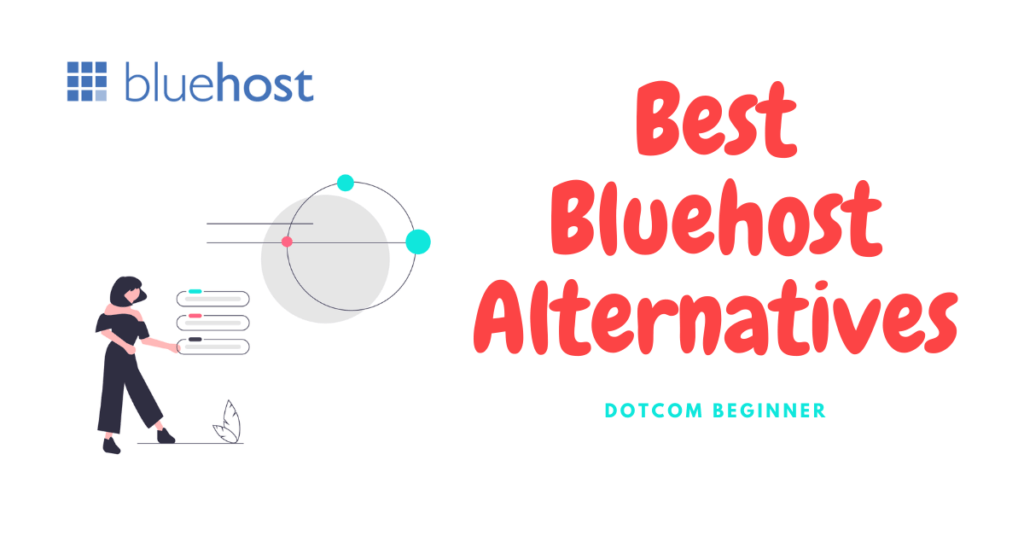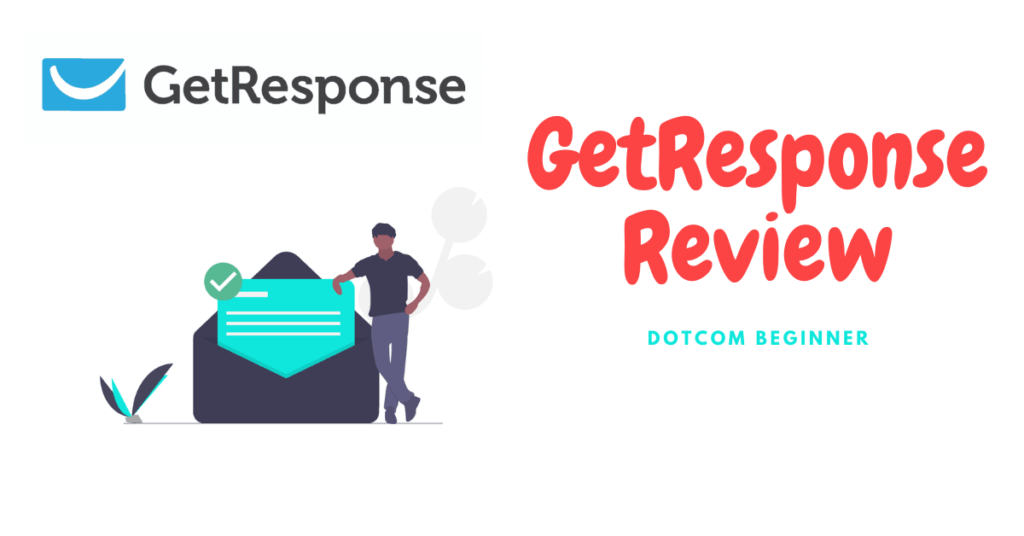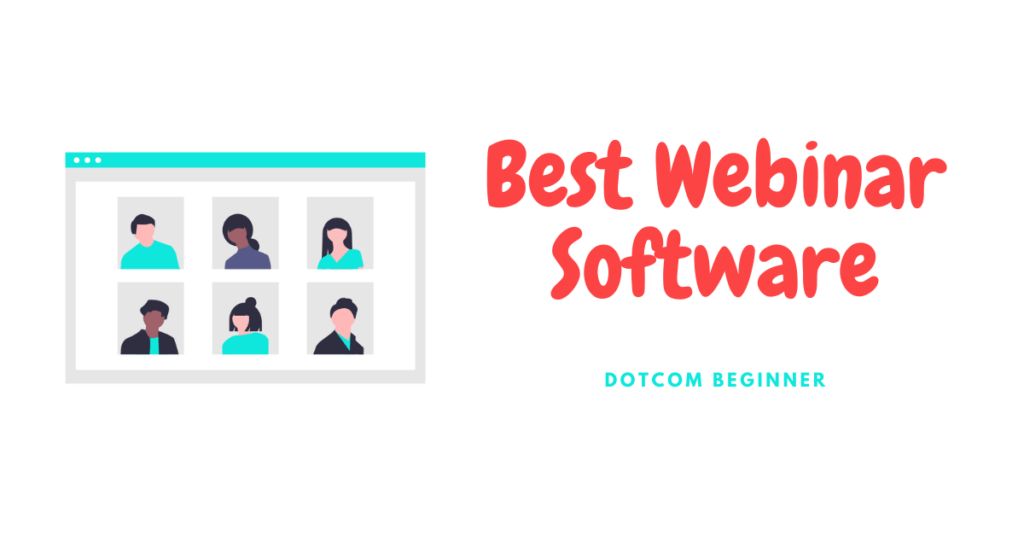Last Updated on April 8, 2023
In the last few years, eLearning has become an important part of the education and training industry. As more people work and learn from home, eLearning authoring tools are becoming essential for making online courses that are engaging and interactive.
With so many authoring tools on the market, choosing the right one for your needs can be overwhelming.
In this post, I’ll be sharing my top picks for the best eLearning authoring tools based on ease of use, features, and price.
Whether you’re an educator, trainer, or corporate professional, this list has got you covered.
🏆 Best eLearning Authoring Tools in 2023
1. Articulate Storyline 360
As someone who’s been in the game for a while, I can tell you it’s a tool many course creators and instructional designers swear by.
The great thing about Articulate Storyline 360 is that it’s super easy to use, which makes it a great choice for new designers, freelancers, academics, and businesses of any size or industry. Even though it might take a bit of time to get to grips with Storyline, the quality of the results makes it well worth it.
What I really like about Storyline is that it allows you to storyboard your courses and control the path that your learners take. Plus, it’s got a sleek and modern interface with plenty of powerful features that will give your courses that extra oomph.
Now, if you’re wondering about pricing, you’ve got two options: a Storyline 360 subscription or a one-off purchase of Storyline 3. The website has a nifty comparison chart that breaks down what you get with each option. While the subscription might be the better choice for some because it gives you access to other apps and regular updates, both options are definitely worth a try.
2. Adobe Captivate
As someone who’s worked with a few different tools in the past, I can tell you that Captivate really stands out in terms of its interoperability with other Adobe tools.
One thing that I particularly like about Captivate is that it allows you to storyboard your courses and add advanced transitions and triggers. This means you can create really engaging content, no matter what your subject matter is. Plus, if you’ve got content in PowerPoint format, you’re in luck—the integration with PowerPoint is a game changer and really speeds up the course creation process.
Now, it’s worth mentioning that Captivate is a desktop application that’s available for both Windows and Mac. It’s one of the most powerful eLearning authoring tools out there, but it does come with a bit of a learning curve and some unique challenges.
3. Elucidat
One thing that sets Elucidat apart is that it’s fully cloud-based, which means that your team can respond to change faster and more efficiently. Plus, with Elucidat, you can empower subject matter experts to share their knowledge and give your staff access to digital learning on any device, anywhere. It’s perfect for everything from product training to compliance and can help reduce costs and increase business performance.
One of the things I love about Elucidat is its user-friendly interface and modern navigation. Even if you’re not an experienced course creator, you can quickly get up and running with Elucidat and start producing high-quality digital learning materials. While you don’t have the flexibility to create your own course templates, Elucidat makes up for this with a library of 25,000 templates.
Whether you’re a small or medium-sized business, a large enterprise, or a non-profit organization, Elucidat is a great choice for anyone who wants to produce high-quality digital learning materials quickly and efficiently.
4. Gomo
Unlike some other tools, Gomo lets you create online courses that can be viewed on a website or through their app.
One of the great things about Gomo is that it’s designed for teams, making collaboration and editing a breeze. You can add multiple users and leave notes for each other throughout the entire creation process. Plus, Gomo provides several themes and templates that can be customized to suit your brand or project.
The tool offers 14 different course elements and ten unique quiz elements to add to your content, so you have much flexibility in your creation. And, of course, the best part is that your learners can access your courses on devices of any size, including their mobile devices.
While Gomo may not be the most sophisticated tool out there, it’s still an excellent choice for collaborative eLearning projects. It’s easy to use, versatile, and has multi-language options, making it a great choice for large enterprises that need to translate their courses into multiple languages.
5. iSpring Suite
It’s perfect for anyone who wants to create engaging eLearning content without a lot of technical know-how.
One of the best things about iSpring is that it’s an add-in for Microsoft PowerPoint, so the interface is really familiar and easy to use. You can quickly add quizzes, simulations, and videos to an existing PowerPoint presentation to make it more useful for eLearning.
The user interface is modular, with different tabs for different types of tasks. There’s a quiz maker, a video editor, and a conversation simulator, to name a few. Templates for glossaries, catalogs, timelines, and frequently asked questions (FAQs) make it even easier to make interactive elements.
The workflow is designed to be as streamlined as possible, so you can focus on content creation instead of complex coding or configuration. And if you need some inspiration, there’s a content library full of high-quality images, icons, and characters to choose from.
One of the coolest things about iSpring Suite is that it comes with iSpring Space, an online collaboration tool that makes it easy to work on eLearning projects with your team. You can build your course, and your team members can review and edit the content all in one place.
If you’re already comfortable with PowerPoint, you’ll find that the learning curve for iSpring is very small. It’s really just a toolkit to help you streamline your eLearning content creation within PowerPoint. You can easily add quizzes, simulations, screen-sharing clips, embed videos, and much more.
And if you’re worried about compatibility, don’t be. Most businesses have access to PowerPoint through Microsoft 365, so you’re probably covered. iSpring Suite is a fantastic option for beginners and experts alike, and with its intuitive interface and powerful features, it’s definitely worth checking out.
6. Udutu
This web-based tool has a lot to offer, including a variety of WYSIWYG apps that make it easy to create engaging activities like assessments, interactive modules, and branching scenarios.
Udutu’s ability to turn PowerPoint slides into online courses is one of its best features, but you have to pay $10 per month to use this option. Another great feature is the ability to download courses as SCORM packages, which can then be uploaded to an LMS.
But perhaps the best thing about Udutu is its collaboration capabilities. Multiple authors can work on a course together, making real-time changes and leaving comments and feedback for one another. This makes it easy to create high-quality content in a team setting.
The only downside to Udutu’s free membership is that courses can only be distributed with watermarks placed on each slide. However, for a small fee, you can remove these watermarks and distribute your courses with a professional look and feel. Udutu is a great option for those looking for a free eLearning authoring tool that still offers plenty of powerful features.
7. IsEazy
IsEazy’s interface is so intuitive and easy to use that you don’t need any prior experience to get started. Plus, its pre-made templates and designs can be easily customized with your own content, including texts, images, videos, and audio.
With IsEazy, you can add various interactive elements to your course, like quizzes, timelines, catalogs, and process interactions, to make learning engaging and fun. But while the free version has a lot to offer, there are some limitations. You’re restricted to creating only three eLearning projects, and there’s a limit of 0.3 GB on the space for courses. You’ll need to upgrade to a paid plan to remove these restrictions and access more advanced authoring options.
One of the great features of IsEazy is its real-time collaborative authoring, which makes teamwork on a single project a breeze. Plus, your work is automatically saved and can be easily recovered if accidentally deleted. IsEazy offers two kinds of course formats: classic and express, so you can choose what best suits your training content. Classic is best for longer, more structured courses, while Express is perfect for bite-sized learning that works on any device.
What sets IsEazy apart from other authoring tools is its ability to create slide-based courses using modern design templates. You can add voiceovers, videos, links, and cards, and courses consist of chapters. However, sequential navigation is only available in the PRO plan. And to top it off, after a course, learners can take a final quiz.
8. Moovly
This online video editor boasts a range of features that allow you to create high-quality videos quickly and easily. Whether you want to start from scratch or use one of the editable templates for inspiration, Moovly has got you covered. Plus, you can upload your own media, including videos, pictures, text, and sounds, to make your videos truly unique.
What sets Moovly apart from other video editing tools is its built-in stock libraries of photos and videos, which you can combine with doodles, infographics, animations, and transitions to create stunning videos. You can even automate the creation of videos from your CRM with email marketing software or a marketing automation tool of your choice. Moovly also integrates with popular apps like Google Drive, Dropbox, YouTube, Vimeo, and many more, making importing and exporting media easy.
To make things even more convenient, a mobile app allows you to view videos and upload media directly from your mobile device. When it comes to making interesting and effective videos for your business or organization, Moovly gives you a lot of options.
9. Adapt
Unlike other authoring tools that have been designed to work with PowerPoint, Adapt provides a unique web page-like experience that scrolls vertically rather than flips like slides. However, it’s important to note that the tool only supports linear navigation, so it’s not ideal for those who want to create branching scenarios.
Even though Adapt has the core features you need to make basic online courses, you can improve the look of your content by adding plug-ins. But be warned: some of these plug-ins require a technical mind to make them work. Moreover, the installation process is pretty tricky and requires you to manually set up tools such as Git, Node.js, and MongoDB. This can be a challenge for non-technical users who aren’t familiar with these tools.
One of the benefits of using Adapt is that it’s an open-source tool, meaning developers worldwide can contribute and add new interactions to the community. However, only tried-and-tested components are made available to users. Additionally, while the tool lacks a free, editable content library and has limited built-in features, it’s still a solid option for those who want to create long-read courses with linear navigation.
10. AdaptiveU
AdaptiveU is a cloud-based tool with course creation capabilities. But, in fact, it is more than just authoring software, as it includes LMS functionality, allowing you to invite learners and track their training statistics. It is also not absolutely free, but it does enable you to create two courses free of charge.
With AdaptiveU, you can build responsive web page-style courses. You simply need to type or paste the text, add images and videos, and attach other files if needed. You can also add knowledge checks to help learners retain the material better. There are four types of questions: single select, multiple select, true or false, and paragraph answer. You can also create a variety of lessons and steps in a course to let your learners digest information in smaller chunks.
Unfortunately, AdaptiveU doesn’t allow users to share courses with learners outside the platform; they need to be registered learners. The free pricing plan provides access only to five users.
All of these tools can help you create simple eLearning courses at no cost. But if the basic features aren’t enough for you, try out a full-featured authoring toolkit that will let you make professional eLearning courses with quizzes, video tutorials, dialog simulations, and interactive modules. You can use it for free for 14 days.
11. iSpring Free
As you can probably guess from the name, iSpring Free is another great free eLearning authoring tool that is often dubbed “the little brother” of the full-fledged iSpring suite. It is free to set up on Windows and embarks on the task of creating courses almost instantly. The tool gives you the power to convert those old and boring PowerPoint presentations into mobile-compatible SCORM courses with YouTube and quizzes.
Its main strength lies in its simplicity. Among other things, it possesses an intuitive interface and is great for developers of unlimited starting courses. It stands as one of the best in the world for free e-learning authoring software.
12. H5P
H5P is an open-source, cloud-based tool that allows you to create HTML5 eLearning content and publish it on popular platforms like WordPress, Moodle, or Drupal. The content can also be added to any LMS that supports LTI integration.
H5P is modular; many content types and applications are available for use, with no technical skills needed. These include interactive videos, HTML5 presentations, branching scenarios, quizzes, flashcards, and more. However, the tool is quite limited as far as creating complex and customized eLearning projects. But if you’re an experienced course developer with coding skills, you’ll have good potential for building customized content.
13. ActivePresenter 8
ActivePresenter 8 is an easy-to-use video editor and powerful e-learning tool. ActivePresenter includes these useful features, which make it easy to record your screen and make step-by-step e-learning content.
ActivePresenter allows you to make a free professional intro or training video without watermarks and time limitations. It has built-in advanced audio/video editing and the ability to record from the screen in high quality. Available for both Windows and macOS.
What is an eLearning authoring tool?
An eLearning authoring tool is a piece of software that lets you create digital educational materials like e-courses, videos, quizzes, and simulations that you can share with learners through a learning management system (LMS) or the web.
Whether you’re an instructional designer, a learning and development professional, or a teacher, you need authoring tools to make effective training content. You can export your work in an eLearning format, such as HTML5, xAPI, or SCORM, so that learners can access the content on their own devices, making it easy for them to learn at their own pace. Plus, with the right authoring tools, you can create online courses that are engaging and interactive, allowing learners to take charge of their own learning process.
✍🏽 Conclusion
In conclusion, there are a lot of different eLearning authoring tools on the market, and each one has its own set of features and benefits. While some tools may be better suited for certain types of content or audiences, the best eLearning authoring tool for you ultimately depends on your specific needs and goals.
Whether you’re looking for a user-friendly tool for rapid content development or a more advanced solution with complex interactivity options, an eLearning authoring tool will meet your requirements.
We hope this listicle has provided valuable insights and inspiration for your eLearning content development journey. Happy authoring!





